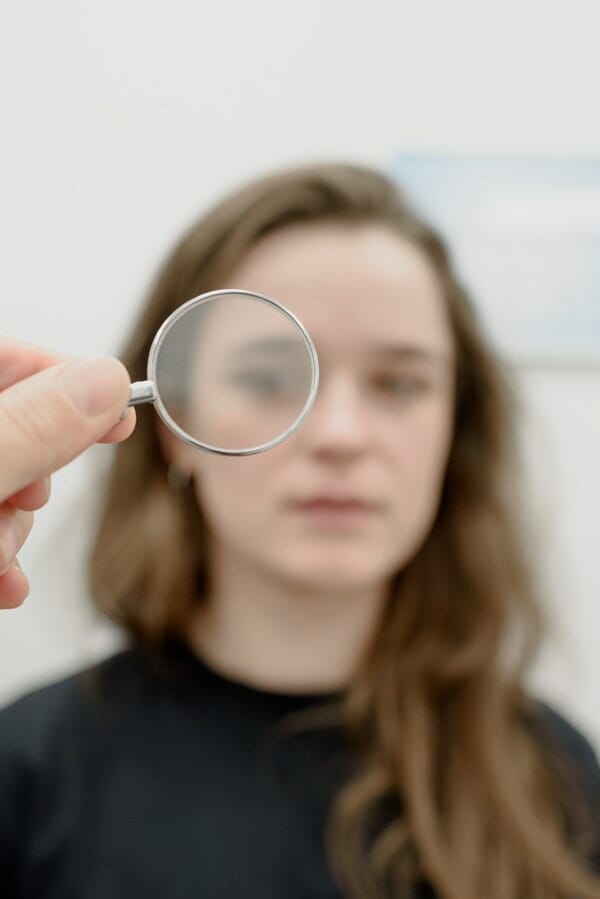Nearsightedness and Farsightedness Treatment: How Our Optometrist Can Help You See Clearly
Prescription glasses or contact lenses
One of the most common treatments for nearsightedness and farsightedness is the use of prescription glasses or contact lenses. These corrective lenses work by changing the way that light enters the eye, helping to improve your vision. You may need to visit our optometrist periodically to have your prescription updated as your refractive error changes over time.
Refractive surgery
In some cases, refractive surgery may be an option for patients with nearsightedness or farsightedness. This involves using lasers to reshape the cornea, the clear outer layer of the eye, to correct the patient's refractive error. Some common types of refractive surgery include LASIK, PRK, and SMILE. However, it is important to note that refractive surgery may not be appropriate for all patients and can come with certain risks and side effects. Learn more about LASIK.
Orthokeratology
Another option for treating nearsightedness is orthokeratology, which involves the use of specialized contact lenses that are worn overnight to temporarily reshape the cornea. This can help improve your vision during the day without the need for glasses or contacts. However, it is important to note that orthokeratology may not be effective for all patients and can come with certain risks and side effects. Learn more about orthokeratology.
Myopia Management
When it comes to children with nearsightedness, it's crucial to slow down the progression of their myopia in order to maintain their eye health. This is where myopia management, also known as myopia control, comes into play. Various techniques can be employed for this purpose, including atropine eye drops, specialty contact lenses such as MiSight, and customized hard lenses worn at night known as OrthoK, CRT lenses, or orthokeratology. Learn more about myopia management.
Lifestyle changes
In addition to these treatments, there are also some lifestyle changes that you can make to help manage your nearsightedness or farsightedness. For example, you can take frequent breaks when using digital devices, spending time outdoors, wear protective eyewear when playing sports, and practice good eye hygiene to help reduce the risk of developing other eye conditions.
It is worth noting that the type of treatment that is recommended for a patient with nearsightedness or farsightedness will depend on a variety of factors, including the severity of their refractive error, their age, their overall health, and their personal preferences. Our optometrist will work with the patient to develop a customized treatment plan that takes all of these factors into account.




















